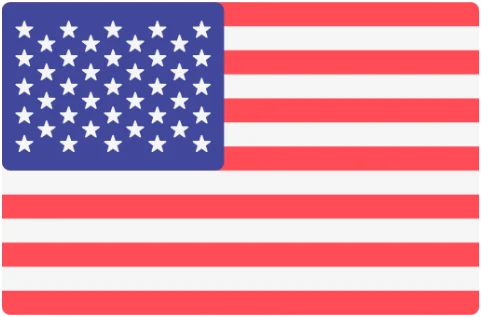As the wine industry navigates a rapidly changing landscape, driven by health-conscious movements like Sober October and Dry January, it faces both challenges and opportunities. The rise of non alcoholic wine represents a transformative force that could reshape the industry, especially for larger companies accustomed to traditional revenue streams. However, this shift is not without its complications, particularly when viewed through the lens of the Innovator’s Dilemma.
The Innovator’s Dilemma: A Challenge for the Wine Industry
The Innovator’s Dilemma, a concept introduced by Clayton Christensen, highlights how successful companies can struggle to adapt to disruptive innovations due to their focus on sustaining existing products and revenues. In the wine industry, this dilemma is evident as some wineries and wine producers hesitate to fully embrace alcohol-free wine. These companies fear that promoting non-alcoholic options could cannibalize sales of their traditional products, which remain their primary revenue drivers.
This situation mirrors challenges seen in other industries, such as Blockbuster’s failure to pivot to digital streaming, allowing Netflix to dominate, or Kodak’s reluctance to embrace digital photography, leading to its decline. In both cases, the focus on existing revenue streams blinded these companies to opportunities presented by disruptive innovations.
Non Alcoholic Wine: A Disruptive Opportunity
Non Alcoholic wine presents a unique opportunity for the wine industry to expand its market reach. By offering high-quality, non-alcoholic options, the industry can attract new consumers who abstain from alcohol for health, religious, or personal reasons. Additionally, these products offer existing wine drinkers an option to enjoy wine more frequently and in a wider variety of settings, such as during work hours or professional events, without the concerns associated with alcohol consumption.
Moreover, alcohol-free wine can help retain customers who might otherwise turn to alternative beverages during health-focused periods like Sober October. By providing these options, the wine industry ensures that it remains a relevant choice, even for those who choose to reduce their alcohol intake temporarily.
Innovation and the Role of Small Producers
While the potential of alcohol-free wine is clear, much of the innovation in this space has come from smaller companies that are developing new techniques to improve the quality and appeal of these products. We use, for example, a double-fermentation method to produce its widely praised alcohol-free wine. This innovative method, which ensures that our products contain no added sugars, flavors, or colors, provides a true wine experience. With multiple patents pending, BOLLE Drinks is setting a new standard in the alcohol-free wine market.
Traditional wine companies have been slower to adapt, focusing on defending traditional consumption patterns rather than embracing the shift towards alcohol-free options. This reluctance to innovate could prove detrimental as consumer preferences continue to evolve.
Embracing Change: A Balanced Approach
To successfully navigate the Innovator’s Dilemma, the wine industry must balance its traditional revenue streams with the need to innovate. By embracing alcohol-free wine, companies can ensure they remain relevant in a market increasingly driven by health and wellness trends. This requires not only investing in the development of alcohol-free wines but also actively promoting them as part of a broader strategy to engage with a wider range of consumers.
Initiatives like Come Over October—created to compete with Sober October by promoting the social and cultural value of wine—are a step in the right direction. However, to fully capitalize on the opportunities presented by alcohol-free wine, the industry must support and collaborate with the smaller producers leading the way in innovation. Partnerships between the world’s finest winemakers and innovators in alcohol-free products could enhance product lines and better meet the demands of modern consumers.
The wine industry is at a pivotal juncture. The rise of alcohol-free wine and the growing popularity of health-conscious movements like Sober October and Dry January present both challenges and opportunities. By embracing these changes and navigating the Innovator’s Dilemma, the wine industry can expand its market, retain existing customers, and ensure long-term growth in a rapidly evolving landscape. The future of wine lies not just in preserving tradition but in adapting to the possibilities of a new, health-conscious era.
A balanced approach—celebrating wine's cultural significance while also innovating to meet new demands—will ensure the industry’s long-term success. Embracing both alcohol-free wine and initiatives like Come Over October will allow the wine industry to thrive, even as consumer behaviors continue to shift towards healthier, more flexible drinking options.


